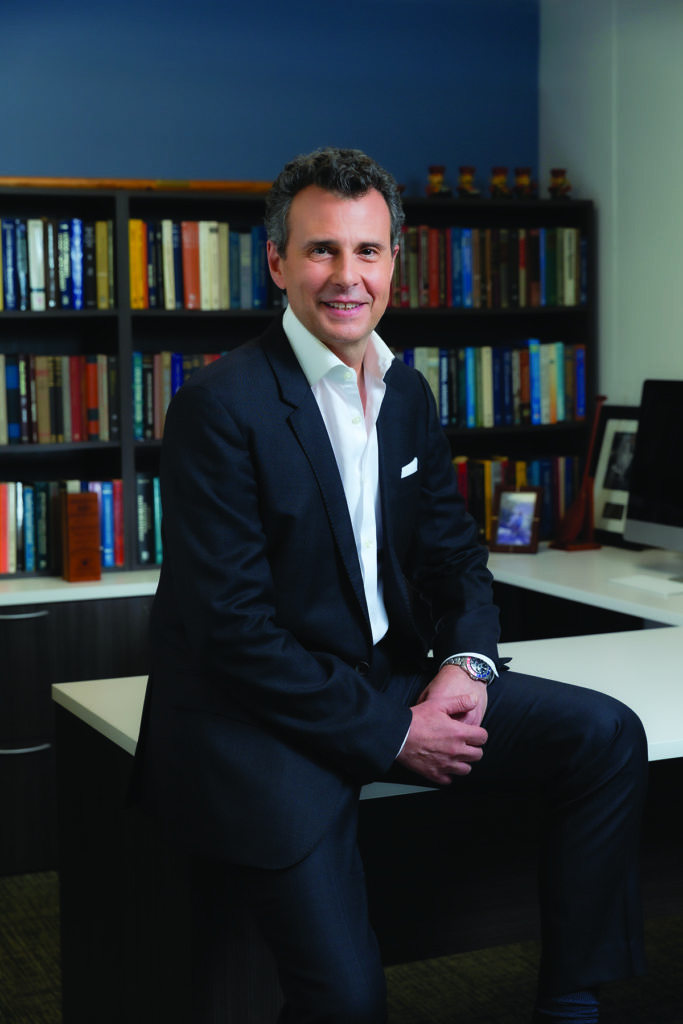In the face of global climate change, humankind’s ability to rapidly adapt to sustainable and resilient practices will be vital to preserving our way of life and the life of the planet.

As the effects of climate change are being felt around the world, including severe drought, wildfires, coastal erosion, flooding and superstorms, these impacts are often significantly magnified on ocean islands with limited resources like Hawai‘i. Protecting our natural ecosystems and environment has become paramount to ensure that future generations can live, work and play here — and that is why the University of Hawai‘i (UH) recommitted itself to these efforts by renewing its sustainability and resilience initiative in 2019.
Whether conducting research on the frontlines, making an analysis in the laboratory or effecting policy changes, our multi-disciplinary cadre of researchers are actively engaged on a wide range of issues facing our community. Currently, UH researchers are on the ground assisting state, county and federal agencies on mitigation efforts relating to the fuel spill and subsequent aquifer contamination at the U.S. Navy’s Red Hill Fuel Storage Facility on O‘ahu. Ongoing studies on Hawai‘i’s unique hydrogeology by UH geologists to refine an earlier groundwater flow model, is helping to clarify the uncertainties surrounding the spill’s effects on the aquifer.
While the state may have dodged the proverbial bullet on Red Hill, other constant threats remain to the health and well-being of our residents. The health disparities of Native Hawaiians, Pacific Islanders and Filipinos, who represent 40 percent of the state’s population, have become a crisis. With the assistance of a $15 million grant from the National Institute of General Medical Sciences, the John A. Burns School of Medicine at the University of Hawai‘i at Manoa (UH Mānoa) launched a new center to build and sustain capacity in clinical and translational research to improve the health of these medically underserved groups.
Although, we had hoped to put COVID-19 in our rearview mirror at this stage, the virus continues to affect our lives. Because of the importance of data is in this battle, we were fortunate to have the Hawai‘i Pandemic Applied Modeling work group on watch. This multi-organizational, multi-disciplinary team formed by UH Mānoa researchers during the height of the pandemic, provided valuable projections to the state and have helped to better prepare us for the future.
Find out more about these programs and other innovative bodies of work led by our world-class researchers on the following pages to see what makes the University of Hawai‘i — like no place on Earth.

Vassilis L. Syrmos, PhD
Vice President for Research and Innovation
University of Hawai‘i System
